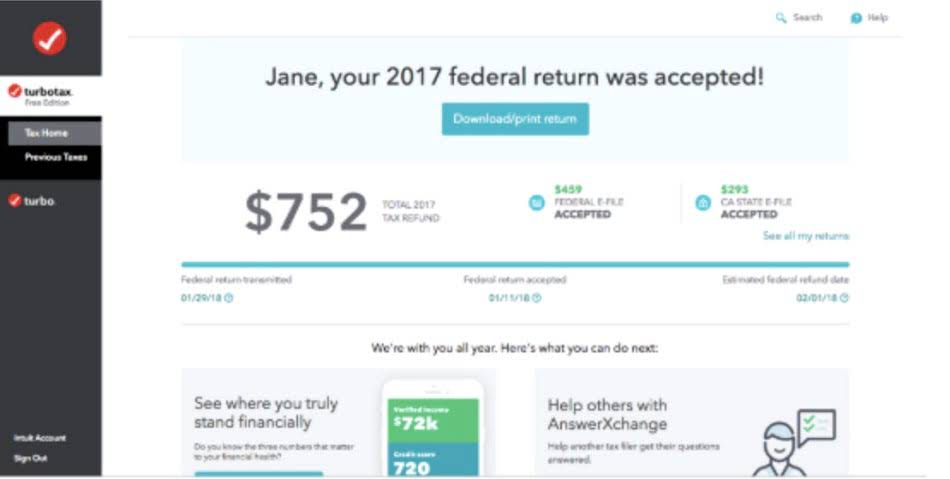
Retained earnings, at their core, are the portion of a company’s net income that remains after all dividends and distributions to shareholders are paid out. If an investor is looking at December’s is retained earnings a long term liabilities financial reporting, they’re only seeing December’s net income. But retained earnings provides a longer view of how your business has earned, saved, and invested since day one.
Skechers Announces Second Quarter 2024 Financial Results and Board Authorized $1 Billion Share Repurchase Program
In theory, lease ROU assets should grow a lot like PP&E, but unfortunately, companies don’t purchase them like they do capex each year. So it might make sense to grow leases with revenue to account for the additions to new leases each year. We start the balance sheet forecast by forecasting working capital items.
- It is calculated over a period of time (usually a couple of years) and assesses the change in stock price against the net earnings retained by the company.
- A financial professional will offer guidance based on the information provided and offer a no-obligation call to better understand your situation.
- Sales taxes, including the Goods and Services Tax (GST) and Provincial Sales Tax (PST), must be collected by registrants and subsequently remitted to the Receiver General for Canada.
- For the seller, the discount amount of $32,520 () is then amortized over the life of the bond issuance using the effective interest rate method.
- Also a chain of command is established so that everyone knows whom they should report to and what responsibilities are expected at their level.
- Retained earnings are a clearer indicator of financial health than a company’s profits because you can have a positive net income but once dividends are paid out, you have a negative cash flow.
- Finally, the closing balance of the schedule links to the balance sheet.
Owner’s Equity
Retained earnings are reclassified as one or more types of paid-in capital under two general circumstances. This action merely results in disclosing that a portion of the stockholders‘ claims will temporarily not be satisfied by a dividend. For various reasons, some firms appropriate part of their retained earnings (RE).

After the Biggest IT Outage in History, Is CrowdStrike a Stock to Avoid…or a Bad-News Buy?
- On top of that, retained earnings are ultimately the right of a company’s shareholders.
- Gross margin was 53.7%, an increase of 290 basis points, due to lower costs per unit, driven by lower freight.
- The interest amount paid and received by the bond-holder will net to two months.
- All of this means that, yes, CrowdStrike could be in for a rough patch in the weeks and months to come, but the recent problem shouldn’t dismantle the strengths the company has built over time.
- It is common for bonds to mature (come due) years after the bonds were issued.
C. Office furniture used in the business and held less than one year. We can use the present value of an annuity due formula to determine how long it will take Debbie to empty her account. In the given scenario where benefits balance the cost, the project will be worthwhile is discount rate is lower.

Examples of optional deductions include an employee’s charitable donations or Canada Savings Bonds contributions. Retained earnings are the cumulative net earnings or profit of a company after paying dividends. Retained earnings are the net earnings after dividends that are available for reinvestment back into the company or to pay down debt. Since they represent a company’s remainder of earnings not paid out in dividends, they are often referred to as retained surplus. Owners of limited liability companies (LLCs) also have capital accounts and owner’s equity.
Retained earnings refer to the company’s net income or loss over the lifetime of the enterprise (subtracting any dividends paid to investors). The main difference between retained earnings and profits is that retained earnings subtract dividend payments from a company’s profit, whereas profits do not. Where profits may indicate that a company has positive net income, retained earnings may show that a company has a net loss depending on the amount of dividends it paid out to shareholders. Overall, retained earnings include all profits or losses a company has made since the beginning.
What is the approximate value of your cash savings and other investments?
Up-to-date financial reporting helps you keep an eye on your business’s financial health so you can identify cash flow issues before they become a problem. Retained earnings provide a much clearer picture of your business’ financial health than net income can. If a potential investor is looking at your books, they’re most likely interested in your retained earnings. Your retained earnings account on January 1, 2020 will read $0, because you have no earnings to retain. All of the other options retain the earnings for use within the business, and such investments and funding activities constitute retained earnings.
Intangible Asset Roll-Forward
A company generally uses retained earnings to pay off debt or reinvest in the business. In some cases, a company may want to repay a bond issue before its maturity. Examples of such bonds are callable bonds, which give the issuer the right to call and retire the bonds before maturity. For example, if market interest rates drop, the issuer will want to take advantage of the lower interest rate. The company can, then, sell a new bond issuance at the new, lower interest rate. Corporations generally acquire long-lived assets like property, plant, and equipment through the issue of shares or long-term debt that is repayable over many years.
- Calculating the present value of amounts payable or receivable over several time periods is explained more thoroughly below.
- For Rumble Corp., we see an increase in long-term debt of $500 and an increase in common stock of $1,000.
- On one hand, high retained earnings could indicate financial strength since it demonstrates a track record of profitability in previous years.
- Since the market rate is greater, the investor would not be willing to purchase bonds paying less interest at the face value.
- Owner’s equity refers to the total value of the company that’s held in the hands of owners, including founders, partners, and stockholders.
Scenario 2: The Bond Contract Interest Rate is 12% and the Market Interest Rate Is 8%
When the cash received is the same as a bond’s face value, the bond is said to be issued at par. A common face value of bonds is $1,000, although bonds of other denominations exist. A $30 million bond issue can be divided into 30,000 bonds, for example. This permits a large number of individuals and institutions to participate in corporate financing. Investors consider the interest rates of bonds as well as the quality of the assets, if any, that are pledged as security.
